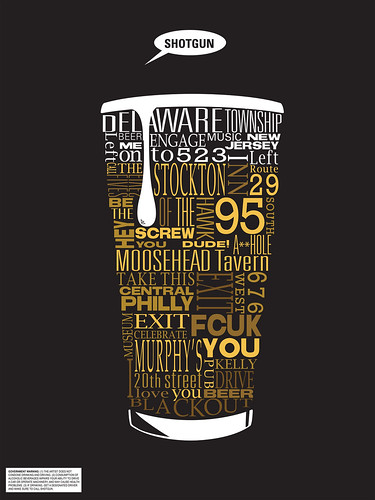![]()
For our 109th Session, our host is Mark Lindner, who is the Bend Beer Librarian, and writes the By the Barrel in Bend, Oregon. For his topic, he’s chosen the beer style Porter, and wants us to explore what he calls a “highly variable style.” Jon goes on to explain what he means by that in his announcement for the March Session:
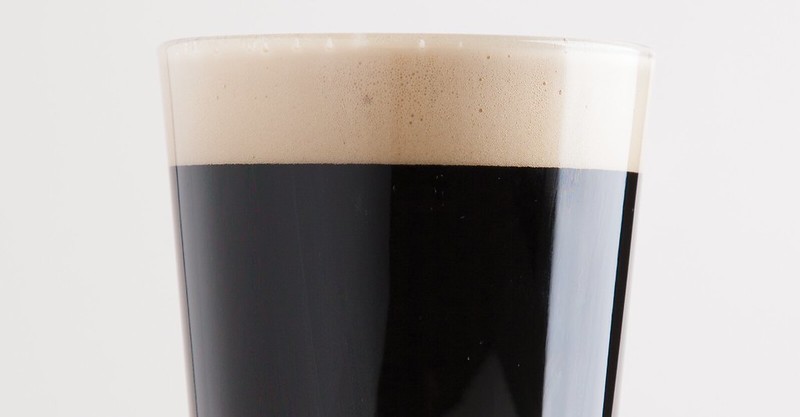
Porter
“The history of porter and the men who made it is fascinating, for it deals with the part that beer has played in the development of Western Culture. Conversely, of course, much of porter’s growth was the result of profound changes in the nature of British society. It is also a microcosm of how our industries have developed; events in porter’s history explain the structure of the modern brewing industry, not only in Britain, but in the other major Western countries.
Porter is intimately tied in with the Industrial Revolution, in which Britain led the world. Through the growth it enabled the brewers to achieve, it was instrumental in the development and technological application of a number of important scientific advances” (Foster, Porter, 17).
I am not talking about your long dead relative’s porter—although you might be—but about all of the variations currently and previously available. Hey, feel free to write about the porter of the future or some as-yet-unrecognized sub-style of porter.
There are English porters, Brown porters, Robust porters, American porters, Baltic porters, Imperial porters, Smoked porters, barrel-aged variants of most of the preceding, and so on.
With as many variations as there are it is hard to believe that porter is perhaps a neglected style. Then again, it did disappear for a while [see Foster, Porter, and others]. Of 14 beer people asked about overrated and underrated styles three of them said porter was most underrated and no one suggested it as overrated in our current market climate.
I would like you to sit down with one or more porters of your choosing. Pay a few minutes attention to your beer and then use that as a springboard to further thoughts on the style.
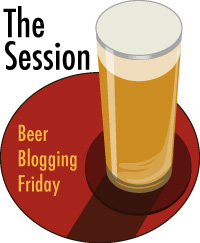
One of Mark’s suggestions was to “[c]onstruct a resource along the lines of Jay Brooks’ Typology style pages,” so I figured the easiest thing to do this month was actually that. I chose Robust Porter for no better reason than I like them.
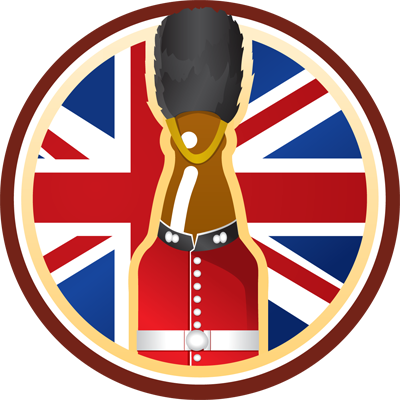
Robust Porter
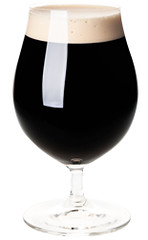 | Robust Porter is part of a family of beer, Porters, for which I have a personal bias. My son is named Porter. But it’s also a favorite style because I love the chocolate and sometime coffee notes that are usually smoother and less harsh than stouts. Deschutes Black Butte Porter was probably the one that really helped me love the style, but Anchor Porter and St. Bridget’s Porter from Great Divide are also early favorites. |
What follows is information about robust porter, collected from a variety of sources. If you know of any additional resources about this type of beer, please let me know.
History
|
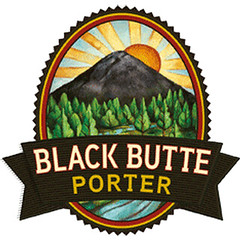 Origin: |

A Comparison of Style Ranges
| Source | SRM | ABV | O.G. | F.G. | IBU |
|---|---|---|---|---|---|
| BJCP1 (20A) American | 22-40 | 5-6.5% | Varies | 1.008-1.016 | 25-50 |
| Brewery DB | 20-30 | 6.3-7.5% | Varies | 1.018-1.024 | 25-40 |
| GABF2 (83) Robust | 20-35 | 4.4-6% | 1.045-1.060 | 1.008-1.016 | 25-40 |
| Periodic Table7 (48) | 30-40 | 4.8-6% | 1.050-1.065 | 1.012-1.016 | 25-45 |
| WBC6 (75) Robust | 30+ | 5.1-6.6% | 1.045-1.1060 | 1.008-1.016 | 25-40 |
Yeast
Ale | Hybrid | Lager | Belgian |
Brettanomyces | Lactobacillus | Pediococcus | Other |
BJCP Description: 20A. American Porter1
Overall Impression: A substantial, malty dark beer with a complex and flavorful dark malt character.
Aroma: Medium-light to medium-strong dark malt aroma, often with a lightly burnt character. Optionally may also show some additional malt character in support (grainy, bready, toffee-like, caramelly, chocolate, coffee, rich, and/or sweet). Hop aroma low to high, often with a resiny, earthy, or floral character. May be dry-hopped. Fruity esters are moderate to none.
Color Range
Appearance: Medium brown to very dark brown, often with ruby- or garnet-like highlights. Can approach black in color. Clarity may be difficult to discern in such a dark beer, but when not opaque will be clear (particularly when held up to the light). Full, tan-colored head with moderately good head retention.
Flavor: Moderately strong malt flavor usually features a lightly burnt malt character (and sometimes chocolate and/or coffee flavors) with a bit of grainy, dark malt dryness in the finish. Overall flavor may finish from dry to medium-sweet. May have a sharp character from dark roasted grains, but should not be overly acrid, burnt or harsh. Medium to high bitterness, which can be accentuated by the dark malt. Hop flavor can vary from low to high with a resiny, earthy, or floral character, and balances the dark malt flavors. The dark malt and hops should not clash. Dry-hopped versions may have a resiny flavor. Fruity esters moderate to none.
Mouthfeel: Medium to medium-full body. Moderately low to moderately high carbonation. Stronger versions may have a slight alcohol warmth. May have a slight astringency from dark malts, although this character should not be strong.
Comments: Although a rather broad style open to brewer interpretation. Dark malt intensity and flavor can vary significantly. May or may not have a strong hop character, and may or may not have significant fermentation by-products; thus may seem to have an “American” or “British” character.
Characteristic Ingredients: May contain several malts, prominently dark malts, which often include black malt (chocolate malt is also often used). American hops typically used for bittering, but US or UK finishing hops can be used; a clashing citrus quality is generally undesirable. Ale yeast can either be clean US versions or characterful English varieties.
Style Comparison: More bitter and often stronger with more dark malt qualities and dryness than English Porters or Pre-Prohibition Porters. Less strong and assertive than American Stouts.
CraftBeer.com Description
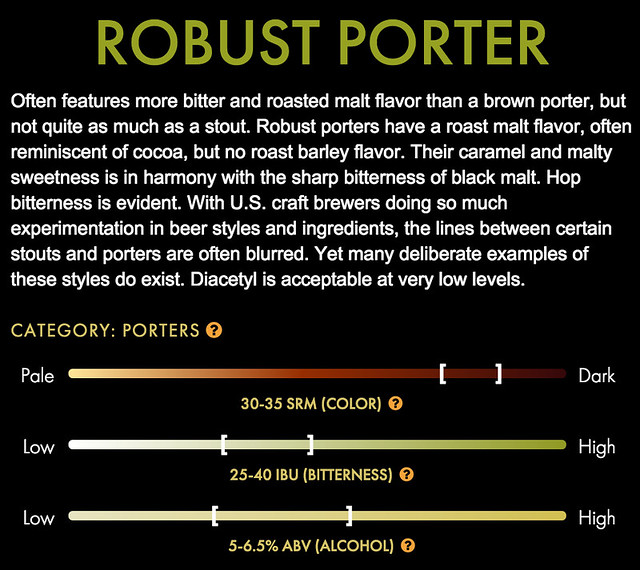
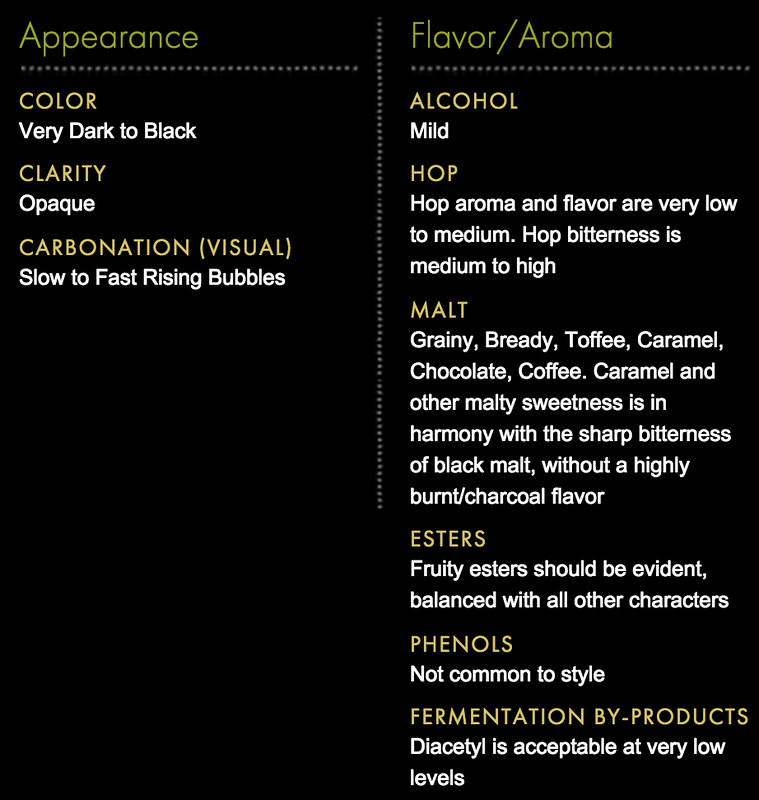
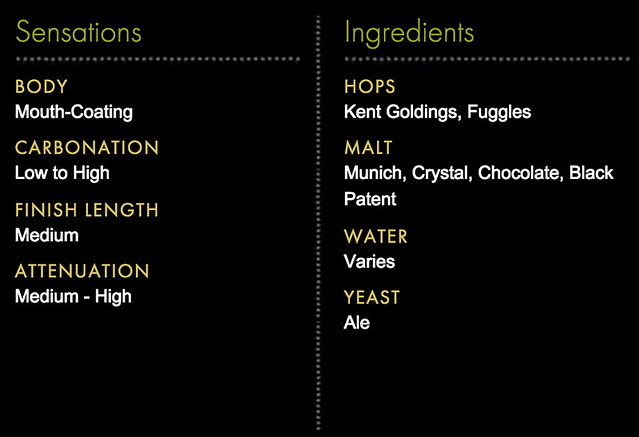
GABF/World Beer Cup Description
75. Robust Porter
Robust Porters are very dark to black. Hop aroma is very low to medium. They have a roast malt flavor, often reminiscent of cocoa, but no roast barley flavor. Caramel and other malty sweetness is in harmony with a sharp bitterness of black malt without a highly burnt/charcoal flavor. Hop flavor is very low to medium. Hop bitterness is medium to high. Diacetyl should not be perceived. Fruity esters should be evident, balanced with all other characters. Body is medium to full.
Online Descriptions
| Beer Advocate |
|---|
| Inspired from the now wavering English Porter, the American Porter is the ingenuous creation from that. Thankfully with lots of innovation and originality American brewers have taken this style to a new level. Whether it is highly hopping the brew, using smoked malts, or adding coffee or chocolate to complement the burnt flavor associated with this style. Some are even barrel aged in Bourbon or whiskey barrels. The hop bitterness range is quite wide but most are balanced. Many are just easy drinking session porters as well. |
| Rate Beer |
| Black or chocolate malt gives the porter its dark brown color. Porters are often well hopped and somewhat heavily malted. This is a medium-bodied beer and may show some sweetness usually from the light caramel to light molasses range. Hoppiness can range from bitter to mild. Porters, in relation to stouts of the same region, are typically more mild and less aggressively hopped. |
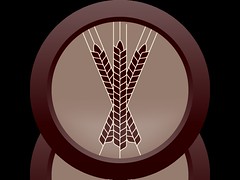
Glassware

![]()


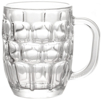

Pint Glass (or Becker, Nonic, Tumbler), Mug (or Seidel, Stein)3
Nonic Pint5
Food Pairing
![]()
![]()
![]()
![]()
![]()
![]()
![]()
![]()
![]()
![]()
![]()
Cuisine (Barbecue) Cheese (buttery; Brie, Gouda, Havarti, Swiss) General (Chocolate, Dessert) Meat (Beef, Smoked Meat, Grilled Meat)3
Aged Ham (prosciutto, Serrano, Bayonne), Meatloaf, Seared Scallops, Shepherd’s Pie, Soufflé, Steak, Venison, Wild Boar4
Roasted or Grilled Meats, Gruyere, Chocolate Peanut Butter Cookies5
Seasonality & Temperature
Season: Winter |
Serving: 45-50° F |
Storage: 40-45° F* |
Beer 101: Porter |
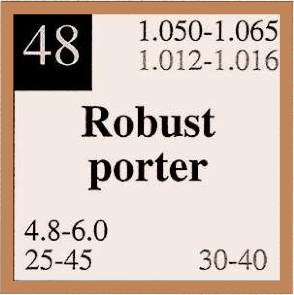
Links About Porter
- About.com
- All About Beer’s Profile
- All About Beer’s Stylistically Speaking by K. Florian Klemp
- Beer Advocate
- BJCP 2008 Online (19C)
- Brew Your Own
- Brewery DB
- CraftBeer.com
- GotBeer.com
- Michael Jackson’s Beer Styles
- Rate Beer
- Wikipedia
Further Reading
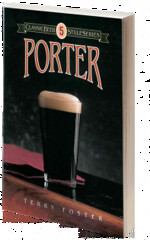
- Porter (Classic Beer Style) by Terry FOster
- Page 449 of The Beer Bible, by Jeff Alworth
- Page 105 of The Essentials of Beer Style, by Fred Eckhardt
- No. 40 on The Periodic Table of Beer Styles
- Page 24 of What the Hell am I Drinking?, by Don Russell
Commercial Examples of Robust Porter
Anchor Porter, Boulevard Bully! Porter, Deschutes Black Butte Porter, Founders Porter, Great Lakes Edmund Fitzgerald Porter, Smuttynose Robust Porter, Sierra Nevada Porter1
Iron Hill Pig Iron Porter, Rock Bottom Moonlight Porter, Deschutes Black Butte Porter5
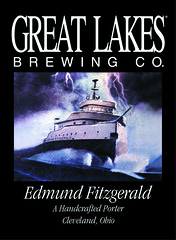

Top 10 Examples
Beer Advocate
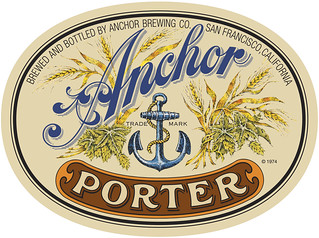
|
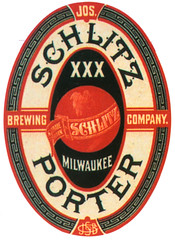
Key to Sources
1 = BJCP 2015
2 = GABF 2015
3 = Beer Advocate
4 = Garrett Oliver’s Brewmaster’s Table
5 = Brewers Association / CraftBeer.com
6 = World Beer Cup Guidelines 2016
7 = The Periodic Table of Beer Styles 2001
8 = GotBeer.com
Key
* = Not recommended for extended aging, unless ABV exceeds average range


